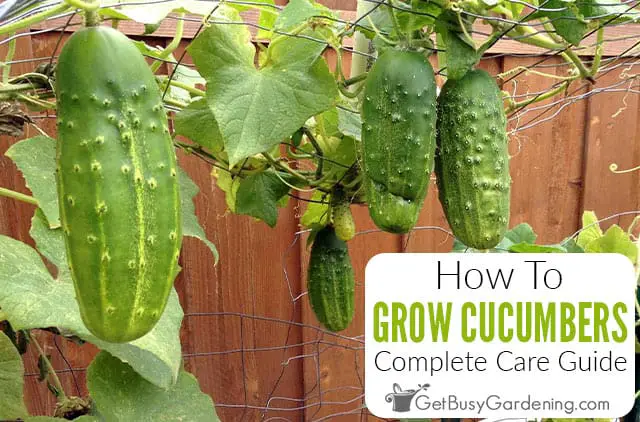If you fancy having fresh and crisp cucumbers straight from your garden, then look no further – we’ve got you covered with these indispensable tips for growing English cucumbers. Discover the secrets to cultivating these long and slender delights, from selecting the right seeds to providing optimal growing conditions. With our guidance, you’ll soon be savoring the delectable taste of homegrown cucumbers, straight from your own backyard. So grab your gardening gloves and get ready to unleash your green thumb with these essential tips!
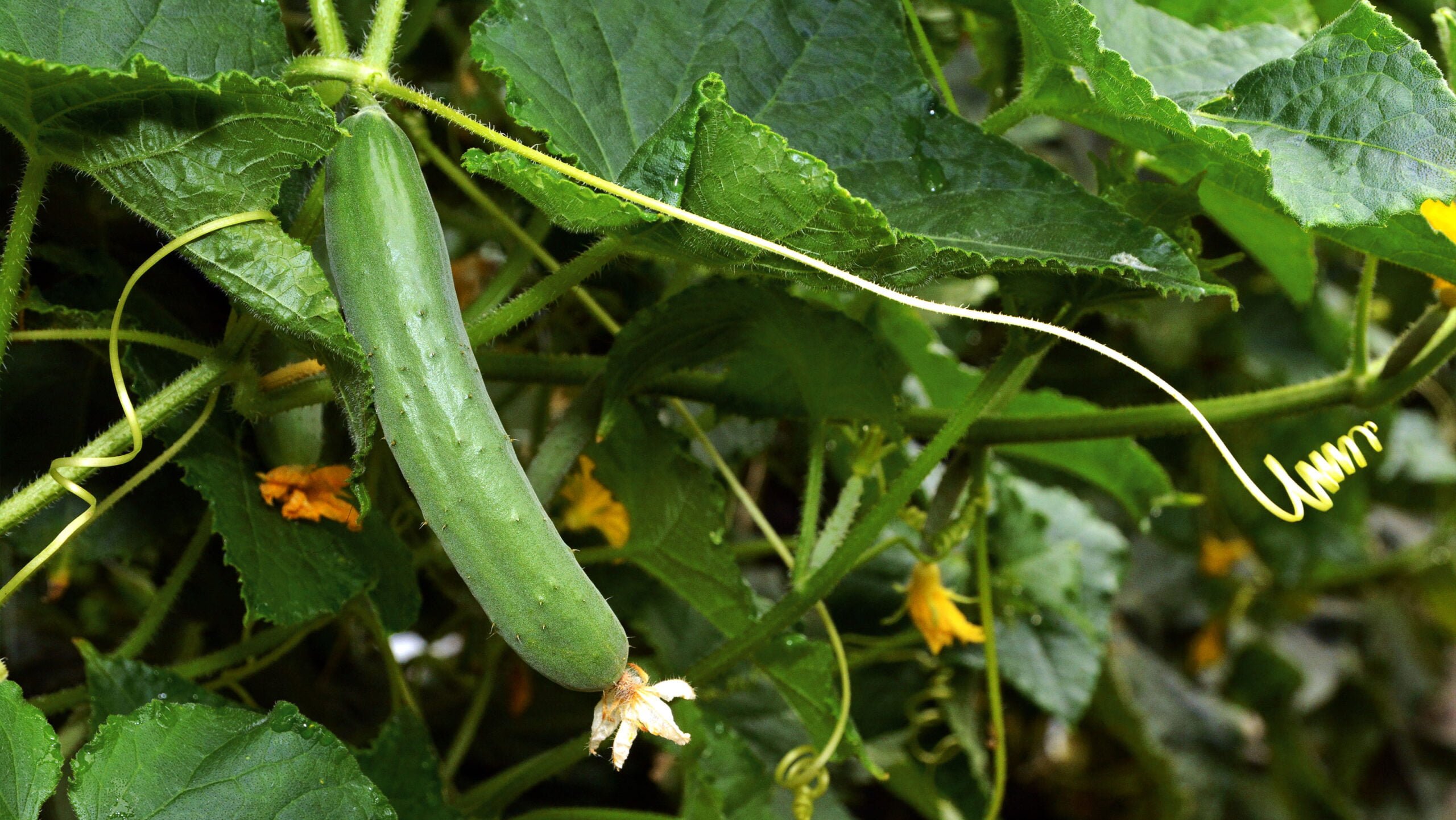
Choosing the right variety
When it comes to growing English cucumbers, choosing the right variety is crucial. There are several different cultivars available, each with its own unique characteristics. Before you start planting, take some time to research and explore the various options.
Research different varieties
Start by researching the different varieties of English cucumbers that are suitable for your climate and growing conditions. Look for cultivars that are known for their superb taste, texture, and yield. Some popular English cucumber varieties include ‘Telegraph Improved’, ‘Burpless Tasty Green’, and ‘Long English’.
Consider climate and weather conditions
Consider the climate and weather conditions in your area when selecting the cucumber variety. English cucumbers thrive in moderate temperatures, ideally between 70 to 75°F (21 to 24°C) during the day and around 60°F (15°C) at night. They also prefer humidity levels of around 80%. If your region experiences extreme heat or cold, you may need to choose a variety that is more tolerant to such conditions.
Look for disease-resistant varieties
Disease resistance is another essential factor to consider when choosing an English cucumber variety. Look for cultivars that are resistant to common cucumber diseases such as powdery mildew, downy mildew, and cucumber mosaic virus. This will help ensure the health and productivity of your cucumber plants.
Preparing the soil
Proper soil preparation is vital for every successful garden, and growing English cucumbers is no exception. Follow these steps to prepare your soil before planting your cucumber seeds.
Select a well-drained location
English cucumbers thrive in well-drained soil. Choose a location in your garden that receives full sun for at least 6 to 8 hours a day. It is also important to select a site that allows excess water to drain away easily to prevent waterlogging, which can lead to root rot and other plant diseases.
Test and improve soil fertility
Before planting your cucumber seeds, it’s a good idea to test your soil’s fertility. You can purchase a soil test kit from a local garden center or have your soil tested professionally. This will help you determine if any amendments, such as lime or organic matter, need to be added to improve the nutrient balance and pH level of your soil.
Remove weeds and rocks
Clear the planting area of any weeds, rocks, or debris that might hinder the growth of your cucumber plants. Weeds can compete with your cucumbers for nutrients and water, and rocks may impede root development. Take the time to thoroughly remove any obstacles that could hinder the success of your crop.
Add organic matter
Enhance the soil’s fertility and structure by incorporating organic matter. This can be done by adding compost, well-rotted manure, or other organic amendments to the soil. Organic matter improves soil drainage, retains moisture, and provides essential nutrients for healthy plant growth. Mix the organic matter thoroughly into the soil using a garden fork or tiller.
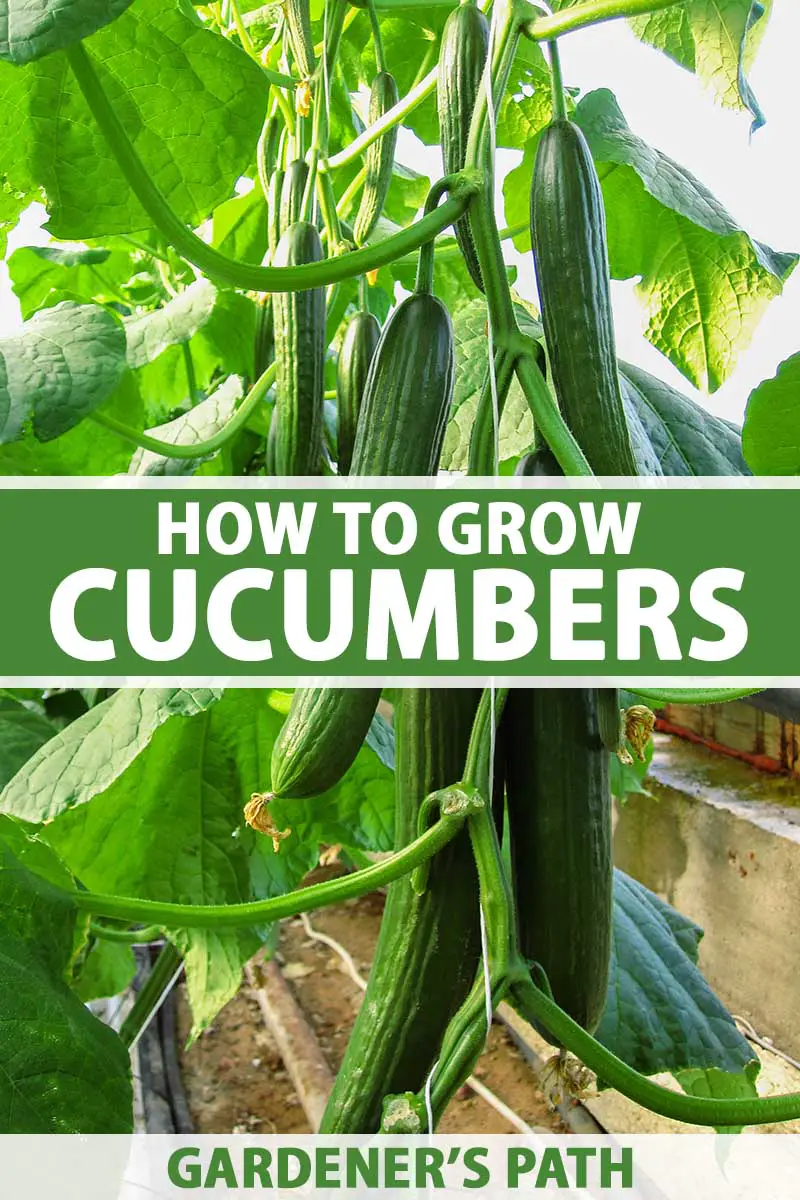
Starting seeds indoors
Starting cucumber seeds indoors is a great way to get a head start on the growing season. By providing optimal conditions indoors, you can ensure strong and healthy seedlings that will thrive when transplanted into the garden.
Choose the right container
Select a container that is at least 3 inches (7.5 cm) deep, with drainage holes to prevent waterlogging. You can use seed trays, peat pots, or even repurposed containers. Make sure the container is clean and sterilized before use to minimize the risk of disease.
Mix potting soil with compost
Prepare a potting mix by combining equal parts of sterile potting soil and compost. This will provide the seedlings with the necessary nutrients and drainage. Avoid using garden soil, as it may contain weed seeds and pathogens that could harm the delicate seedlings.
Plant cucumber seeds
Plant two to three cucumber seeds in each container, about 1 inch (2.5 cm) deep. Water the soil lightly after planting to ensure proper moisture. Place the containers in a warm and bright location, such as near a window or under grow lights. The ideal germination temperature for cucumber seeds is around 70 to 85°F (21 to 29°C).
Provide warmth and moisture
Cucumber seeds require consistent warmth and moisture to germinate successfully. To provide the ideal environment, cover the containers with a plastic dome or loosely wrap them in a plastic bag. This will help create a mini greenhouse effect and maintain the necessary humidity levels. Check the moisture regularly and mist the soil if it begins to dry out.
Direct sowing
Directly sowing cucumber seeds into the garden is another option if you prefer to bypass the indoor seed starting process. By following these steps, you can plant your cucumber seeds directly in the garden and achieve successful germination.
Prepare the planting area
Prepare the planting area by removing any weeds, rocks, or debris that may interfere with seed germination. Loosen the soil with a garden fork or tiller to a depth of at least 8 inches (20 cm). This will help create a loose and friable soil texture, ideal for root development.
Create mounds or raised beds
To improve soil drainage for your cucumber plants, consider creating mounds or raised beds. This elevates the planting area, allowing excess water to drain away more effectively. Mounds or raised beds also provide better soil aeration and prevent waterlogging.
Plant cucumber seeds directly
Plant cucumber seeds directly into the prepared soil, spaced according to the specific recommendations on the seed packet. Generally, English cucumber seeds should be sown about 1 inch (2.5 cm) deep and 12 inches (30 cm) apart. Cover the seeds with soil and gently firm it down to ensure good seed-to-soil contact.
Water the seeds
After planting, water the seeds thoroughly to provide sufficient moisture for germination. Be careful not to overwater, as it can lead to fungal diseases. Keep the soil consistently moist but not waterlogged throughout the germination period. Once the seedlings emerge, adjust your watering routine to suit the specific needs of your cucumber plants.

Providing the ideal environment
Creating the ideal environment for your cucumber plants is crucial for their healthy growth and productivity. English cucumbers have specific requirements when it comes to sunlight, temperature, support, and humidity.
Provide ample sunlight
English cucumbers thrive in full sun, so it’s important to choose a planting location that receives at least 6 to 8 hours of direct sunlight each day. Insufficient sunlight can lead to weak plants, poor fruit development, and increased susceptibility to diseases. If your garden has limited sun exposure, consider using reflective mulch or positioning reflective surfaces to maximize the available sunlight.
Maintain proper temperature
Maintaining the proper temperature is essential for the optimal growth of your cucumber plants. During the day, the temperature should range between 70 to 75°F (21 to 24°C), while nighttime temperatures should stay around 60°F (15°C). Sudden temperature fluctuations or extreme heat can stress the plants and adversely affect their productivity. Consider using row covers or cloches to provide additional protection and maintain a consistent temperature.
Provide support for vines
English cucumbers are vining plants that require support to keep their vines off the ground and prevent fruit rot. Install trellises, stakes, or cages before the vines start sprawling. As the cucumber plants grow, gently tie the vines to the support structure using soft plant ties or twine. Providing adequate support not only improves air circulation but also makes it easier to harvest the cucumbers.
Monitor humidity levels
Maintaining adequate humidity levels is crucial for the health and productivity of English cucumbers. These plants prefer a relative humidity level of around 80%. To increase humidity, you can use misters, humidifiers, or place dishes of water near the plants. Be cautious, however, as excessive humidity can lead to fungal diseases. Proper air circulation and good ventilation are essential in preventing such issues.
Watering techniques
Proper watering techniques are essential for growing healthy cucumber plants. By using the right watering methods, you can help your cucumbers thrive and avoid common problems such as root rot or poor fruit development.
Apply deep watering
When watering your cucumber plants, it’s important to provide deep watering. This means soaking the soil to a depth of at least 6 inches (15 cm) to encourage deep root growth. Shallow watering can result in weak and shallow roots, which can make the plants more susceptible to heat stress and drought.
Avoid overwatering
While cucumbers require consistent moisture, overwatering can be detrimental to their growth. It can lead to waterlogged soil, root rot, and other fungal diseases. To avoid overwatering, regularly check the moisture level of the soil by inserting your finger into the soil up to the knuckle. If it feels moist, hold off on watering for a while. Only water when the top inch (2.5 cm) of soil feels dry.
Mulch to retain moisture
To help conserve moisture and maintain consistent soil moisture levels, consider applying a layer of organic mulch around the base of your cucumber plants. Organic mulch, such as straw or wood chips, helps prevent evaporation and suppresses weed growth. It also provides a protective barrier between the soil and the cucumber fruits, reducing the risk of fungal diseases.
Water consistently
Consistency is key when it comes to watering your cucumber plants. Aim to provide a consistent amount of water each time, rather than irregular watering patterns. Inconsistent watering can lead to various problems, including blossom end rot and bitter-tasting cucumbers. Establish a watering schedule and stick to it, adjusting as necessary based on weather conditions and plant needs.
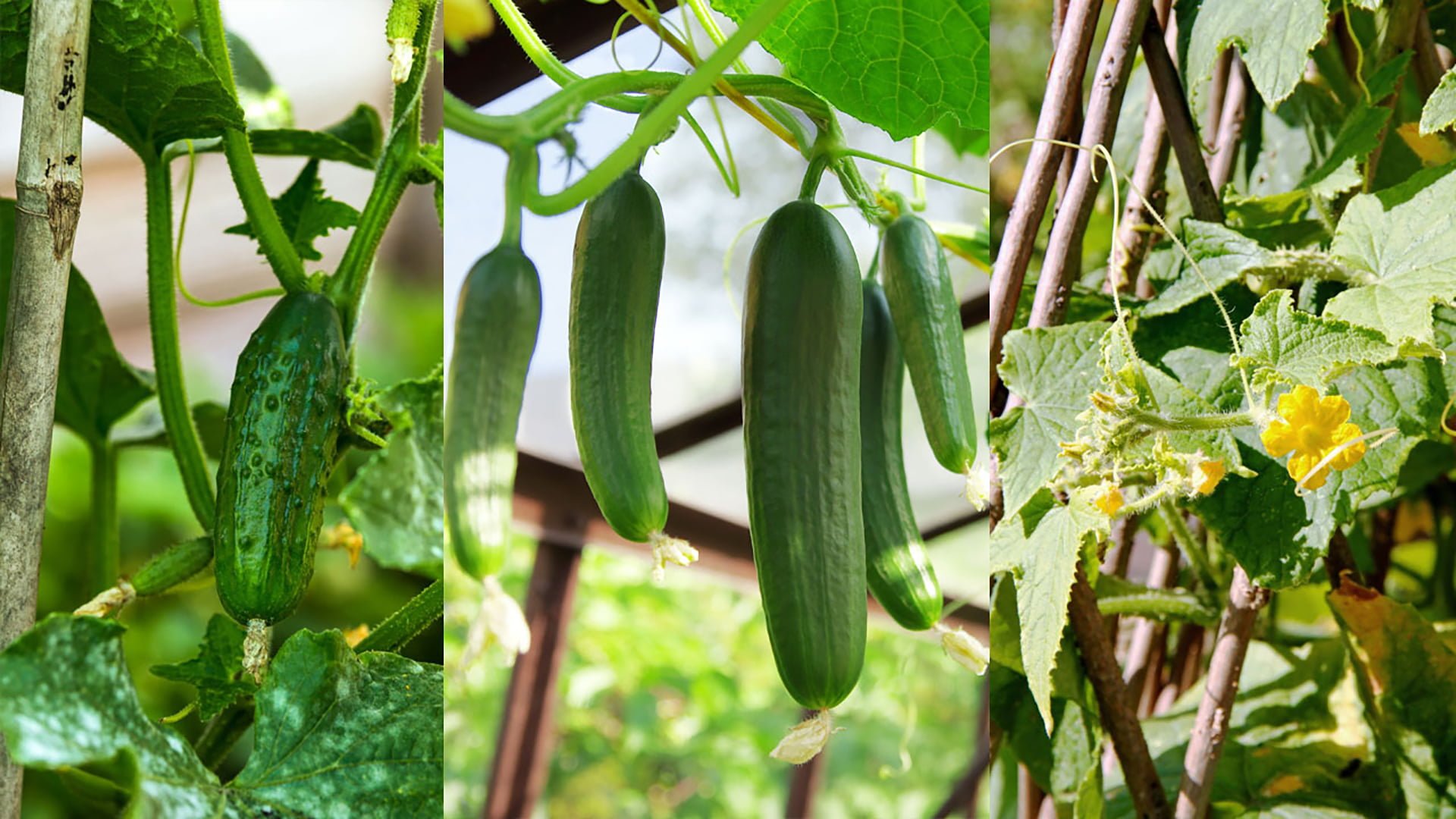
Feeding and fertilizing
Proper feeding and fertilization are essential for the healthy growth and high productivity of your cucumber plants. By providing the necessary nutrients, you can ensure strong plants, vibrant foliage, and abundant fruit production.
Use balanced fertilizer
When it comes to fertilizing English cucumbers, using a balanced fertilizer with equal parts nitrogen (N), phosphorus (P), and potassium (K) is recommended. A fertilizer with a ratio of 10-10-10 or 14-14-14 can provide a good balance of nutrients. Apply the fertilizer according to the instructions on the packaging, taking care not to overfertilize, as it can lead to excessive foliage growth at the expense of fruit production.
Apply organic fertilizers
If you prefer organic methods, there are plenty of options for feeding your cucumber plants. Organic fertilizers such as compost, aged manure, fish emulsion, or seaweed extract can provide the necessary nutrients for healthy growth. Apply organic fertilizers according to the recommended rates and timings to ensure optimal results.
Follow recommended application rates
Whether using synthetic or organic fertilizers, it’s important to follow the recommended application rates. Overfertilizing can lead to nutrient imbalances, burn the roots, and cause excessive growth. Underfertilizing, on the other hand, can result in nutrient deficiencies and poor plant development. Always read and follow the instructions provided by the fertilizer manufacturer.
Monitor plant nutrient deficiencies
Regularly monitor your cucumber plants for signs of nutrient deficiencies. Common nutrient deficiencies in cucumbers include yellowing leaves, stunted growth, or poor fruiting. Nitrogen deficiency often presents as pale or yellowing leaves, while phosphorus deficiency can cause purplish leaves and poor fruiting. If you notice any symptoms, adjust your fertilization program accordingly to address the specific nutrient needs of your plants.
Pruning and training
Pruning and training are important practices that promote healthier plants and higher yields in English cucumbers. By removing excess growth and training the vines, you can improve air circulation, reduce disease incidence, and make harvesting easier.
Identify main stem and side shoots
English cucumbers produce both a main stem and side shoots, also known as lateral shoots. The main stem is the central stem from which the side shoots branch off. It’s important to identify these shoots early on to determine which ones to remove and which ones to retain for a productive plant.
Pinch out lateral shoots
To encourage optimal fruit production, it’s recommended to pinch out the lateral shoots of English cucumber plants. These shoots can divert energy from the main stem and reduce the overall yield. Regularly check your plants for lateral shoots and pinch them off using your fingers or sharp pruners. Be careful not to remove the main stem or any fruit-bearing branches in the process.
Train vines on trellis or supports
Training the cucumber vines on a trellis or other support structure not only saves garden space but also improves air circulation and prevents fruit rot. As the cucumber plants grow taller, gently guide the vines along the trellis, securing them with soft plant ties or twine. This helps keep the plants upright and ensures that the fruits are well-supported.
Remove damaged or diseased leaves
Regularly inspect your cucumber plants for any damaged or diseased leaves. Removing these leaves promptly helps prevent the spread of diseases and encourages healthy growth. Use clean pruners or scissors to safely remove any affected foliage. Be diligent when removing diseased leaves to avoid accidentally spreading pathogens to healthy parts of the plant.
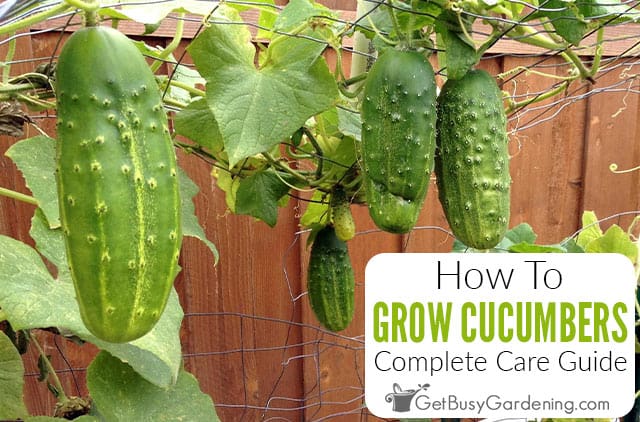
Pest and disease control
English cucumbers are susceptible to various pests and diseases that can impact their growth and productivity. By implementing proper pest and disease control methods, you can prevent or manage these issues effectively.
Monitor for common cucumber pests
Regularly monitor your cucumber plants for common pests such as aphids, cucumber beetles, and spider mites. These pests can cause severe damage to the foliage and fruits. Catching infestations early on allows you to take timely action and prevent them from spreading. Use organic pest control methods, such as handpicking pests or spraying insecticidal soap, to manage and control pest populations.
Use organic pest control methods
When it comes to pest control in an organic garden, there are several effective methods available. Introduce beneficial insects like ladybugs or lacewings, which prey on aphids and other pests. Additionally, you can craft homemade pest control sprays using natural ingredients like neem oil, garlic spray, or chili pepper spray. These organic pest control methods provide effective control while minimizing harm to beneficial insects and the environment.
Apply foliar sprays for disease prevention
Fungal diseases can be a challenge for cucumber plants, particularly in humid environments. To prevent common cucumber diseases like powdery mildew or downy mildew, consider applying foliar sprays. Organic options like copper-based fungicides or sulfur-based products can help protect your cucumber plants from fungal infections. Follow the instructions on the product labels and apply the sprays as directed.
Take action at the first sign of issues
Vigilance is key when it comes to pest and disease control in your cucumber plants. The moment you notice any signs of pest damage or disease symptoms, take immediate action. Promptly remove any affected leaves or fruits and implement the necessary control measures. Early intervention can significantly reduce the impact of pests and diseases on your plants and improve overall plant health.
Harvesting and storage
The moment you’ve been waiting for has arrived – it’s time to harvest your English cucumbers! Harvesting at the right time and proper storage techniques ensure that you can enjoy the fruits of your labor for a longer period.
Observe proper harvest time
English cucumbers are typically ready for harvest when they reach a length of 12 to 14 inches (30 to 35 cm). However, harvest times may vary depending on the specific cultivar and your personal preference. It’s best to consult the seed packet or variety information for precise details. Avoid letting the cucumbers grow too large, as they tend to develop a bitter taste and have tougher skins.
Cut cucumbers using clean tools
When harvesting your cucumbers, use clean and sharp scissors or pruners to cut the fruit from the vine. Avoid twisting or tearing the cucumbers, as this can damage the plant and next set of fruits. Be careful not to accidentally cut or damage adjacent vines or leaves. Gently remove the cucumbers from the plant, taking care not to bruise or crush them.
Store cucumbers properly
To extend the shelf life of harvested English cucumbers, it’s important to store them properly. Place the cucumbers in a perforated plastic bag or wrap them in a paper towel to absorb excess moisture. Store the cucumbers in the refrigerator’s crisper drawer at a temperature of around 45 to 50°F (7 to 10°C). Proper storage can keep your cucumbers fresh for up to a week or longer.
Preserve excess cucumbers
If you find yourself with an abundance of cucumbers, consider preserving them for later use. Cucumbers can be pickled using a simple vinegar-based brine or fermented for a tangier flavor. Another option is to slice or dice the cucumbers and freeze them for use in soups, smoothies, or relishes. Preserving excess cucumbers allows you to enjoy their flavors long after the growing season has ended.
Growing English cucumbers can be a rewarding and delicious experience. By choosing the right variety, preparing the soil, providing the ideal environment, and implementing proper care and maintenance techniques, you can ensure a bountiful harvest of fresh and juicy cucumbers. Follow these tips and enjoy the satisfaction of growing your own cucumbers straight from the garden to your plate!
